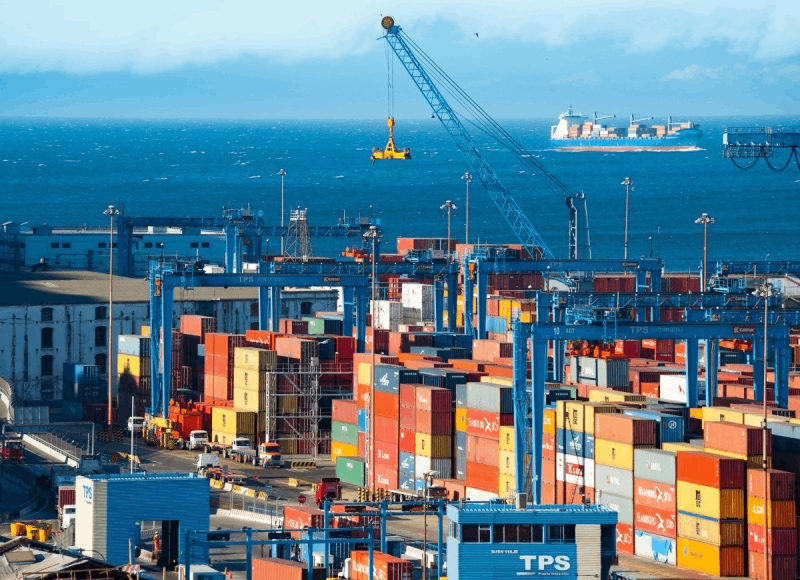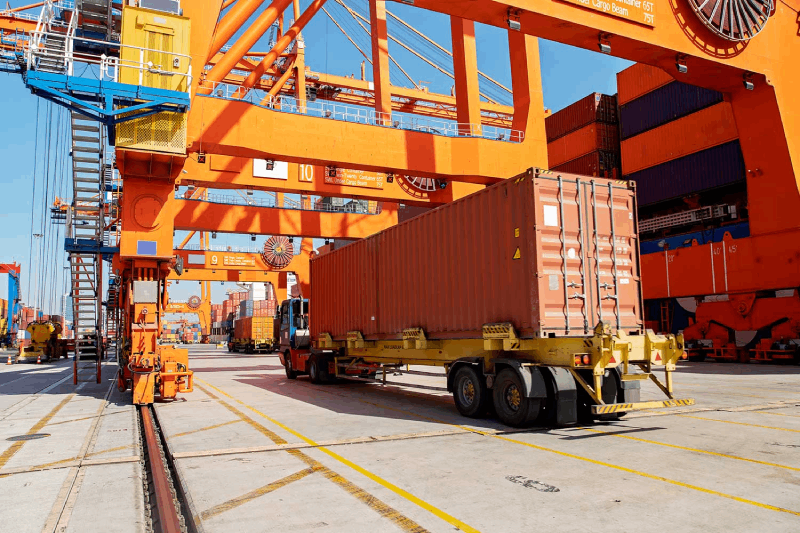Time:2021-09-17 Publisher:Kevin Num:7445

The global import demand is increasing, and the port congestion in various countries is very serious. The congestion of Los Angeles port / Long Beach port in the United States is even worse.
The shortage of chassis vehicles slows down the transportation of goods inland. It is difficult for the goods to leave the port and reach the consignee, which forms a terrible chain reaction.
According to the latest data from seaexplorer, a container transportation platform, all continents in the United States are facing the operational pressure brought by this congestion.
As of September 13, nearly 350 ships were waiting at the anchorage outside the port.
At the same time, some analysts pointed out that there are about 60 containers waiting in line outside Los Angeles / Long Beach port, compared with less than 35 a month ago.
This shows that the congestion has not improved, but is getting worse.
According to IHS Markit, the number of containers transported by ships has increased exponentially. This undoubtedly brings great pressure to the operation of the port.
Nearly 40% of ships going to ports on the west coast of the United States have to wait at the anchorage. In contrast, in Southeast Asia and Northern Europe, only about 25%.
Moreover, IHS Markit points out that the average time for loading and unloading containers in the United States is 76 seconds;
The average handling time of ports in Asia and Europe is no more than 50 seconds. 27 seconds and 46 seconds, respectively.
Jensen, a shipping analyst, believes that the current supply chain congestion can not be entirely attributed to the operating capacity of the port. If the shipper could pick up the goods in time, things would not be so bad.

In addition to these factors, insufficient truck capacity and insufficient warehouse capacity are also two important factors leading to congestion. These factors together lead to supply chain congestion.
A truck company said that in the southeast of the United States, trucks with containers have stayed on the streets for more than two weeks. The main reason is that the capacity of the warehouse has been seriously overloaded.
Containers transported inland by rail are also affected by congestion.
The lack of truck capacity means that it will be very difficult for containers to get from the port to the warehouse.
The insufficient capacity of the warehouse makes most of the goods can only be stacked outside the warehouse.
Tim denoyer, an analyst at Act Research, said there was a lot of pressure on the supply of trucks in the United States. This situation may continue until 2022.



